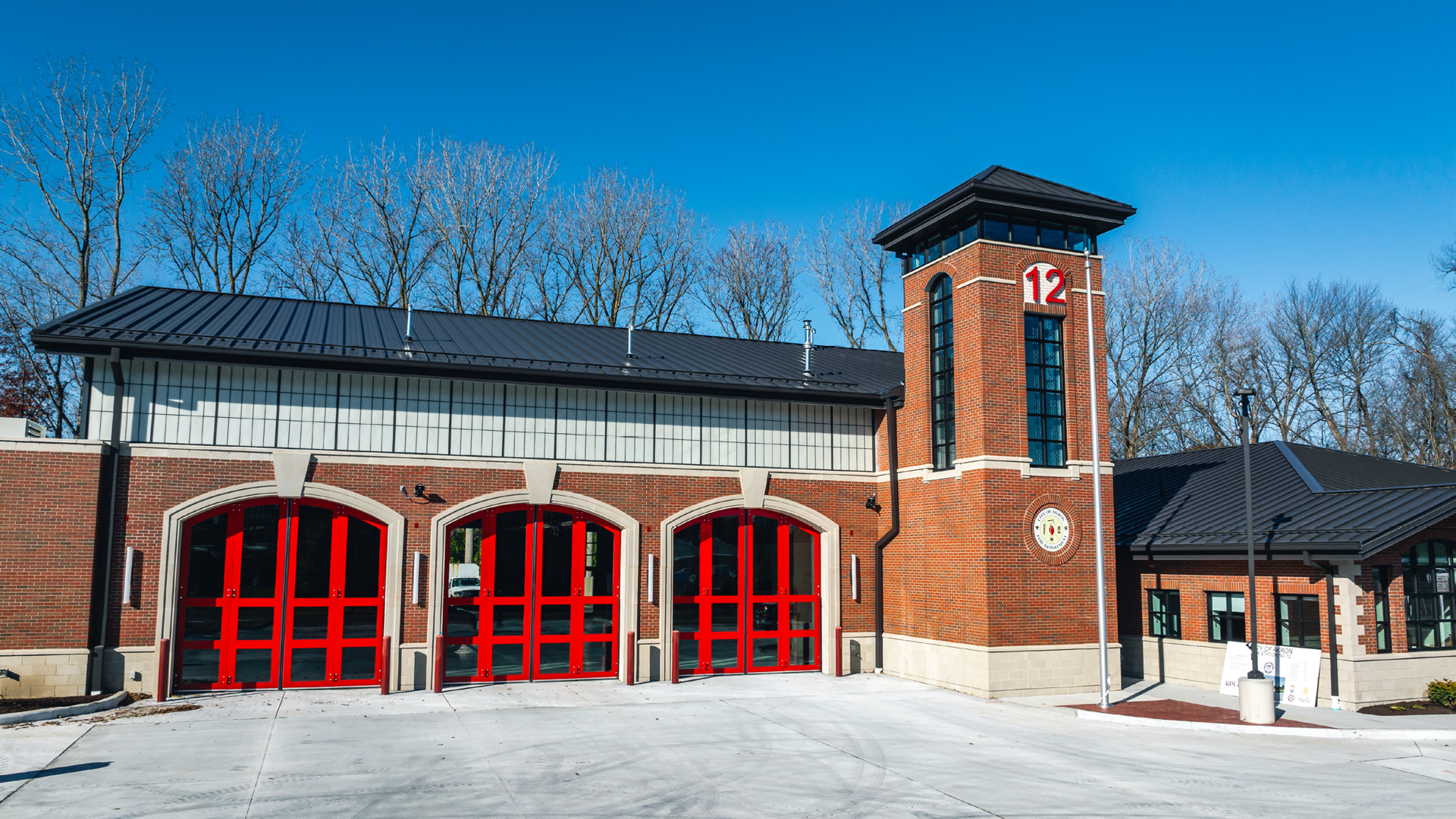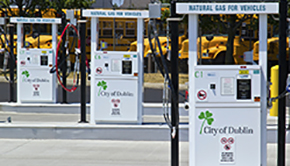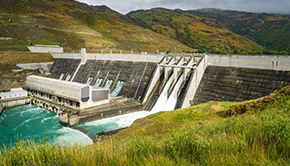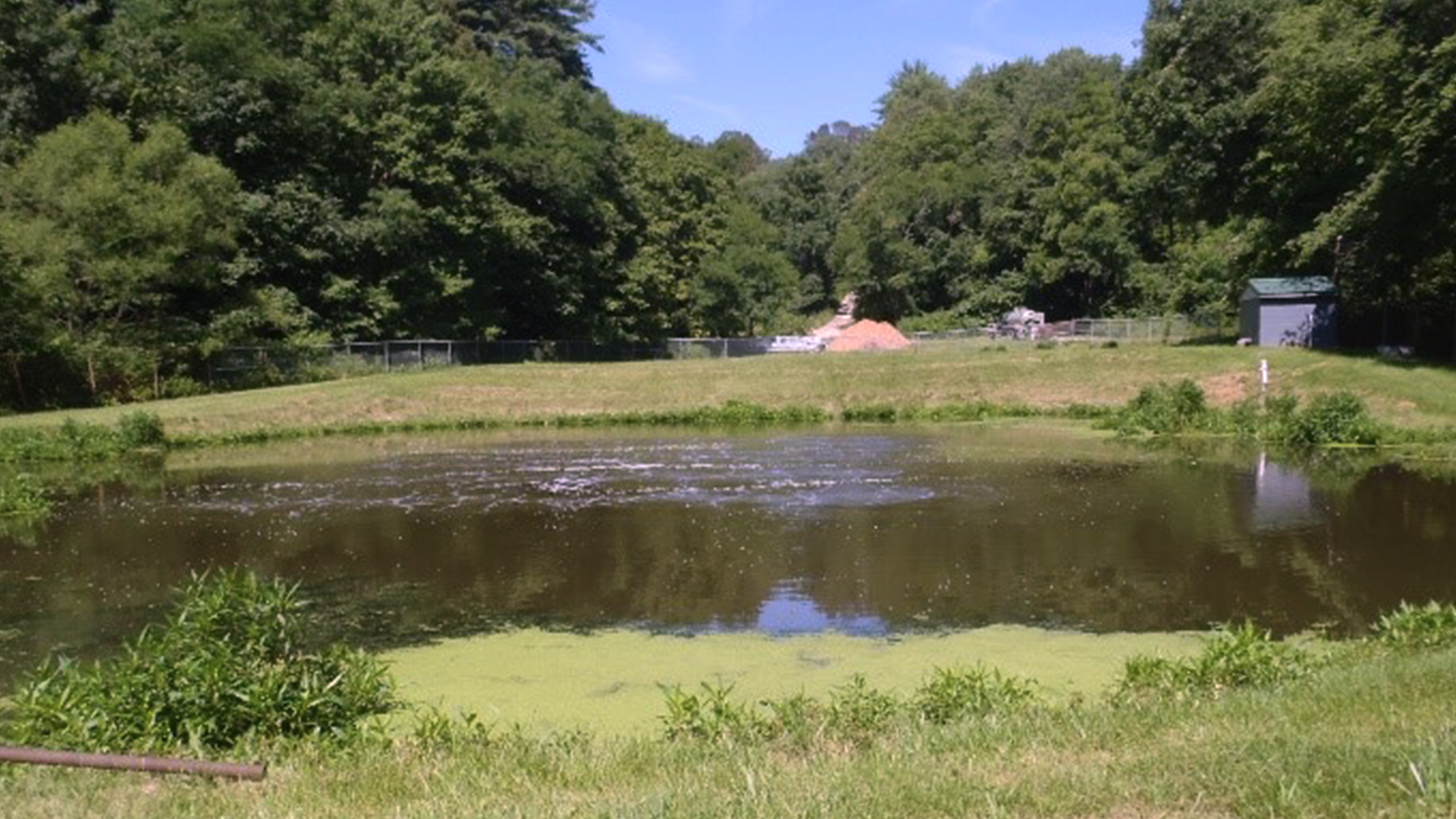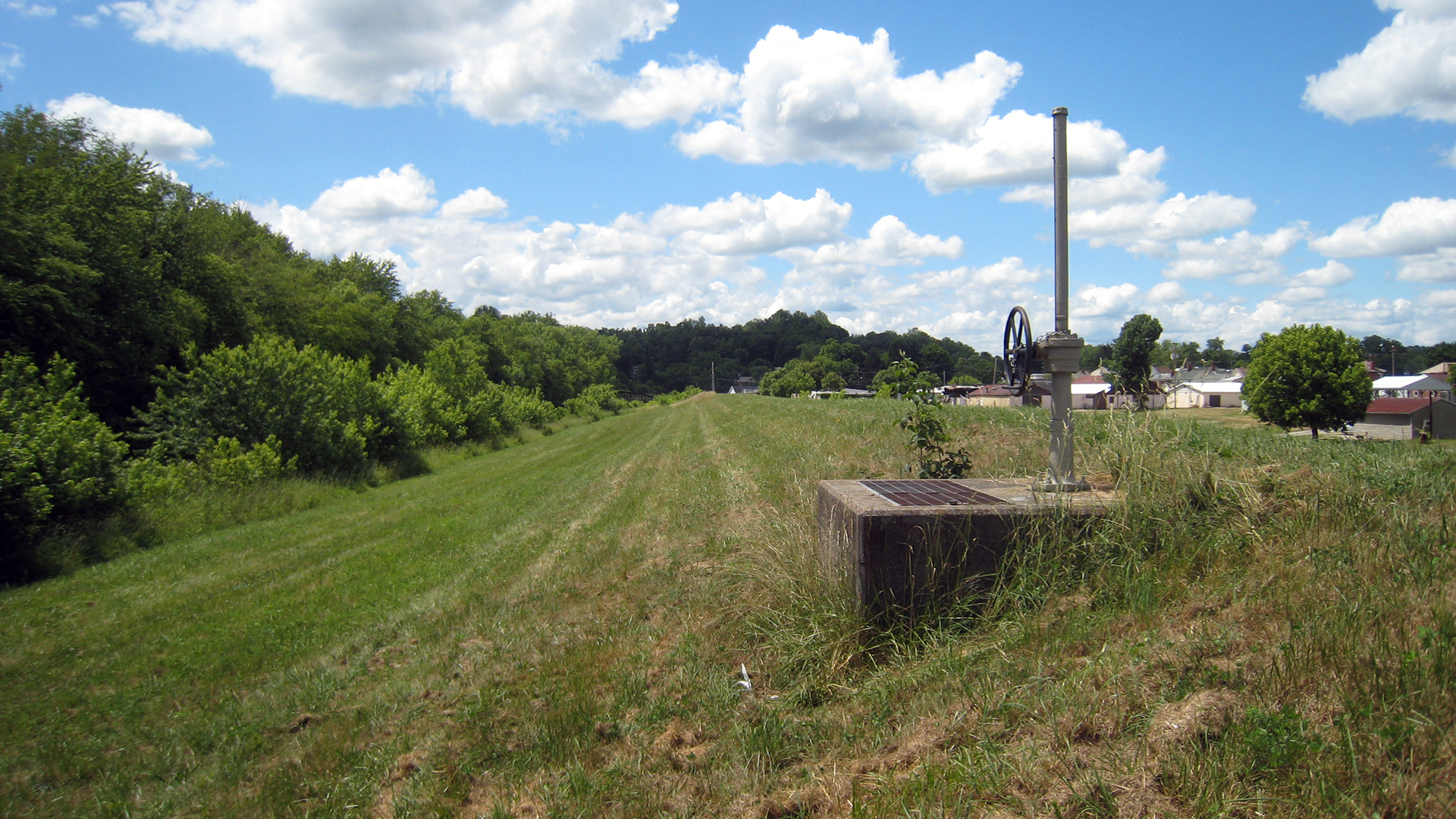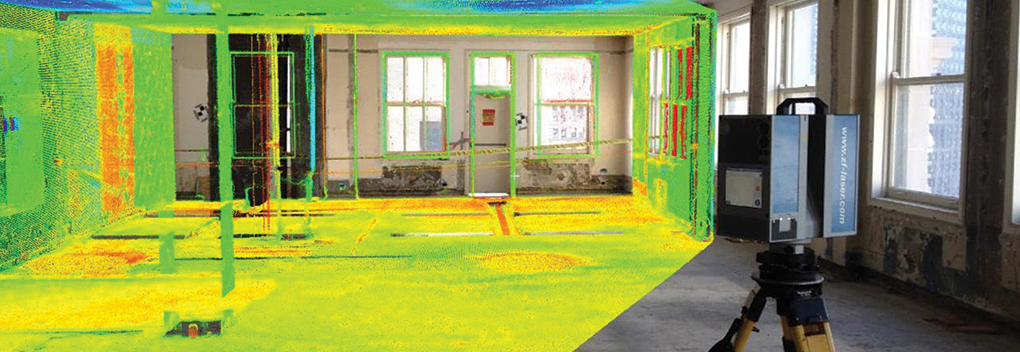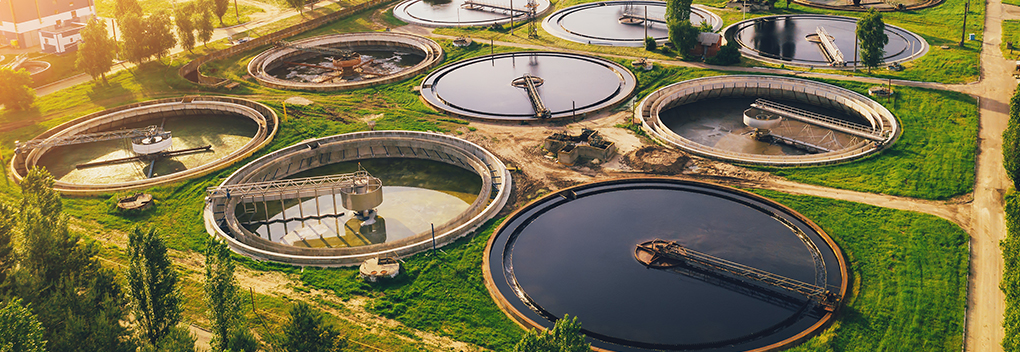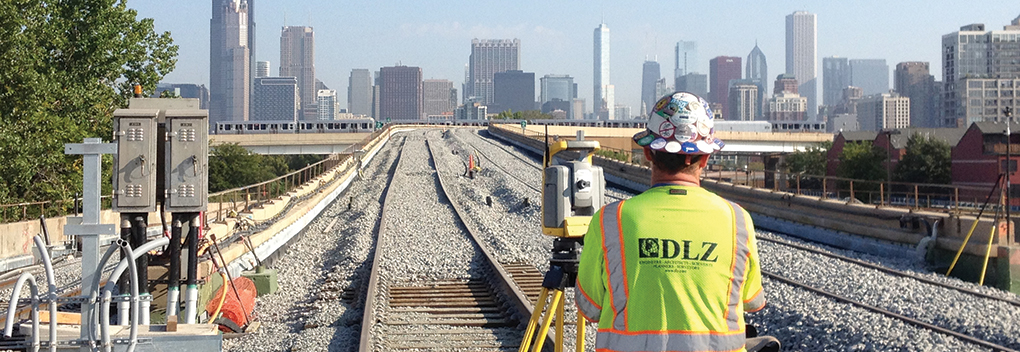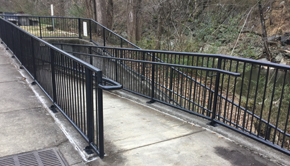As we know, it gets hot and humid in the summer, so let’s take the time and do our due diligence. Please drink fluids as they are important and needed for your body. Heat stress and heat exhaustion are serious, so it is vital that you take precautions to protect yourself.
Water is an essential nutrient for all living things, making up 70 percent of planet Earth and 60 percent of our bodies. It keeps us functioning at optimal performance levels by regulating our core body temperature, carrying essential nutrients to vital organs, and flushing internal toxins. We simply cannot survive without it.
Whether walking to your car or performing a strenuous task at a job site, your body is always working to maintain a balance and sustain its core temperature. And because our bodies are constantly exposed to elements that increase body heat and deplete hydration levels, we must be extra careful when working in extremely hot or cold conditions. Extreme temperatures take a toll on the body, making workers more susceptible to dehydration. Symptoms of dehydration include:
- Thirst
- Fatigue
- Muscle cramps
- Nausea, dizziness, or confusion
- Excessive perspiration
- Hot, dry skin
Dehydration is associated with serious risks, including heat-related illnesses. The HRI spectrum can range from heat stress to heat stroke. So, how much hydration is enough?
As a general guideline, the recommended amount of water intake for the average adult is one quart per hour of active work or exercise. That is the equivalent of 128 ounces every four hours at minimum. It is also suggested that the water intake be distributed over time, such as every 15 minutes per shift.
However, every worker is different. The exact amount of hydration intake depends on the individual. It is important to consider the following factors:
- Do any underlying health conditions exist? Individuals and those who suffer from conditions such as high blood pressure, diabetes, and heart disease have different hydration requirements. Taking medications can also alter the body’s tolerance to environmental factors.
- What is the level of physical exertion? As the body performs a task, even a basic one like breathing, it loses hydration.
- What type of environment is the work being performed in? HRIs are not exclusive to outdoors, as some may think. Many indoor workers are exposed to extreme heat, leaving them susceptible to dehydration and heat stress.
- Is the temperature hot? Is there radiant heat coming from machinery and other power sources? If the answer to either of these is yes, then it is very likely that any workers nearby are managing the heat by sweating – and therefore losing moisture. These individuals will need more fluid replacement.
- Is the environment new to the individual? The human body can adapt to its environment, but time and acclimatization are required in hot and cold environments.
It is important to make sure we are:
- Getting the fluids we need (drink water, with only 1 or 2 Gatorades/Sqwincher throughout the day)
- Taking breaks as needed to stay cool
- Watching out for our coworkers
- Avoiding pop, coffee, and other drinks with heavy sugar and caffeine
- Wearing sunscreen when in sunlight
- Hydrating the night before
Watch for symptoms of heat stress, like:
- Headaches, dizziness, lightheadedness, or fainting
- Weakness in the body
- Nausea
What to do if an employee gets overheated:
- Move them to a cool, shaded area
- Loosen or remove heavy clothing
- Provide cool water to drink (not ice cold, as this could do harm to the employee)
- Fan and mist the person with water
- Call safety and your manager
Please be careful and watch over your coworkers.
“For safety is not a gadget but a state of mind.” – Eleanor Everet





